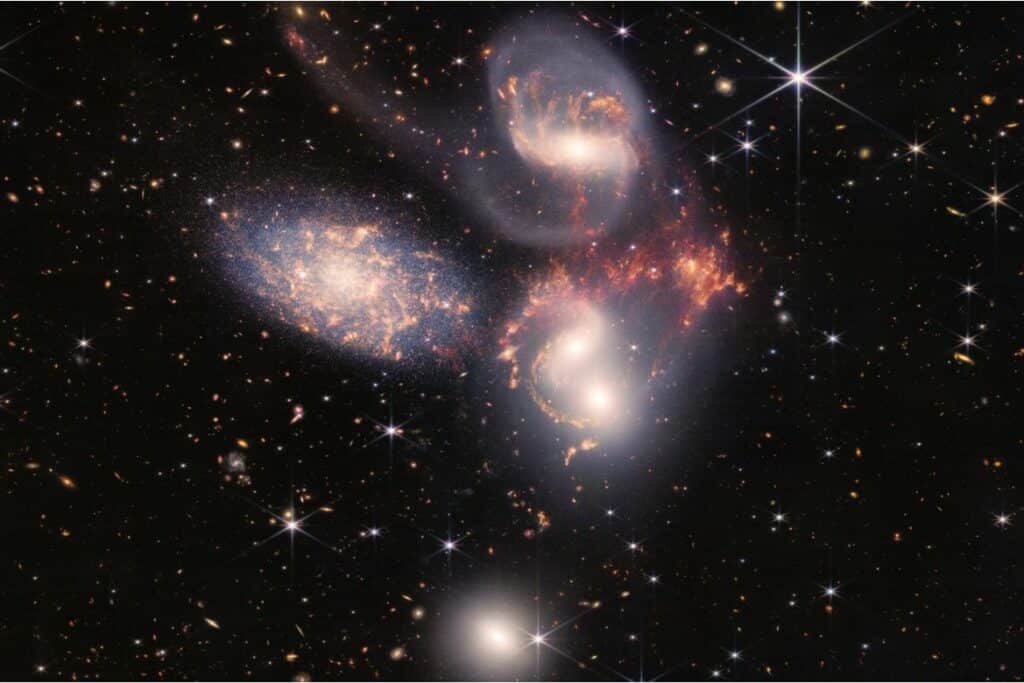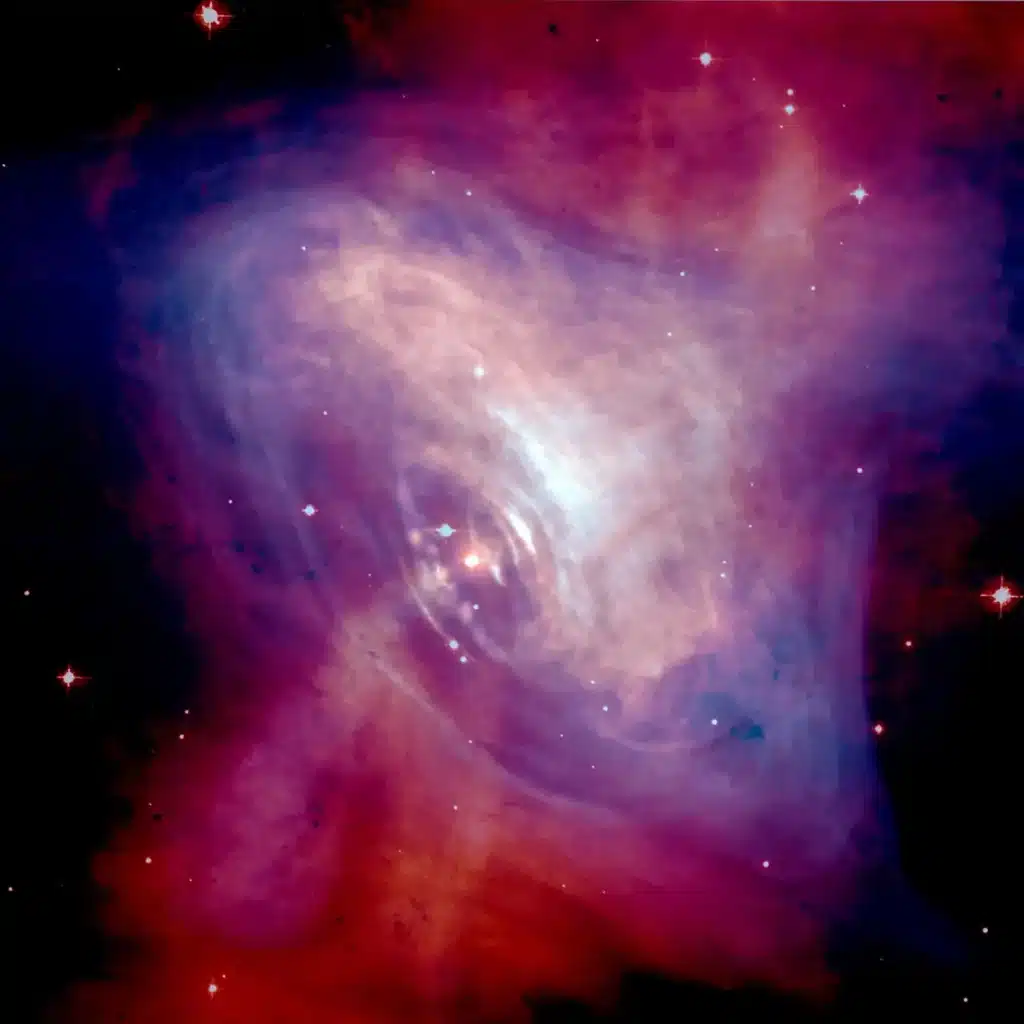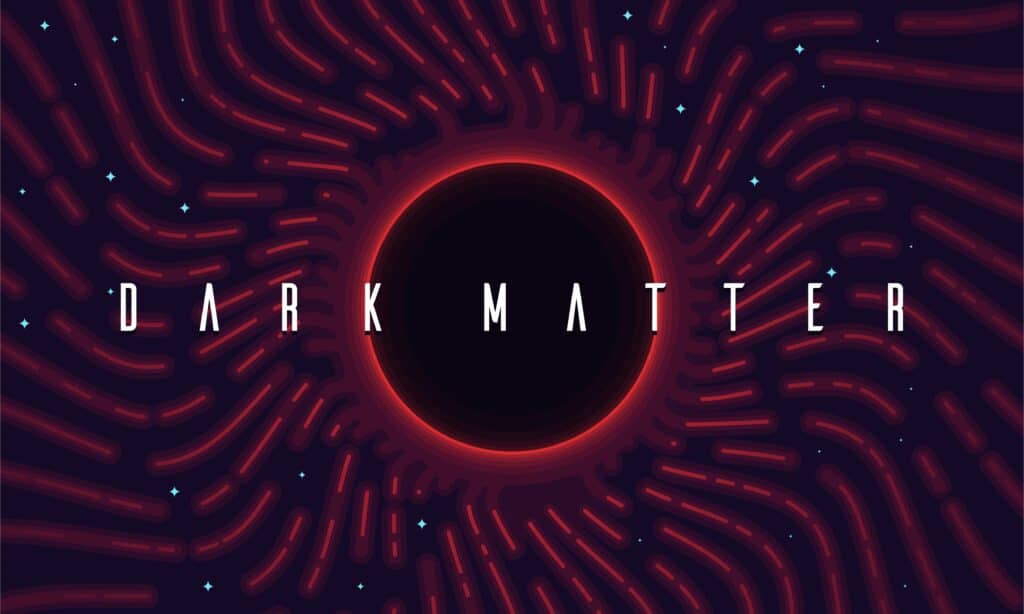As you read these words, a mysterious substance known as dark matter is silently flowing through you, the Earth, and the entire galaxy. Despite making up a whopping 85 percent of all matter in the universe, this enigmatic cosmic ingredient remains frustratingly elusive, leaving scientists scratching their heads for decades. But now, a team of researchers from the Department of Energy’s (DOE) SLAC National Accelerator Laboratory has proposed a revolutionary new way to detect dark matter using the exquisitely sensitive tools of quantum technology.
The hunt for dark matter has long been a cosmic game of hide-and-seek. While astronomers can see its gravitational effects on galaxies and clusters, this invisible stuff stubbornly refuses to interact with normal matter in any other detectable way. The leading theory suggests that dark matter is made of weakly interacting massive particles, or WIMPs, that only very rarely bump into regular atoms.

“Dark matter goes into the Earth, bounces around a lot, and eventually just gets trapped by the gravitational field of the Earth,” says study author Rebecca Leane, a physicist at SLAC, in a media release.
Traditionally, dark matter hunters have relied on massive detectors buried deep underground, waiting patiently for a WIMP to collide with an atomic nucleus and produce a telltale recoil. But these “direct detection” experiments are only sensitive to dark matter particles above a certain mass — about that of a proton. Lighter dark matter, which could be just as abundant, slips right through the net.
Enter the quantum realm. A new study, published in the journal Physical Review Letters, have shown that devices used for quantum computing could open a new window on low-mass dark matter. These devices, known as “superconducting qubits” or “transmons,” consist of tiny superconducting circuits that can detect even the tiniest disturbances.
The key is in the quantum quirks of superconductors. In these materials, electrons pair up to form “Cooper pairs,” which can flow without resistance. However, dark matter whizzing through the superconductor could sometimes smash these pairs apart, creating unpaired electrons known as “quasiparticles.” By precisely measuring the abundance of these quasiparticles, the researchers argue, we could infer the presence and properties of dark matter.
“The threshold of these devices is set by the Cooper pair binding energy, and is therefore so low that they can detect dark matter as light as about an MeV,” researchers say in the study. That’s a thousand times lighter than the limits of current WIMP searches.
But the potential of these quantum sensors doesn’t stop there. Researchers also point out that they could be used to hunt for a hypothetical population of “thermalized” dark matter that has lost energy over time and become gravitationally bound to Earth. While traditional dark matter detectors are blind to this low-energy, low-velocity component, the extreme sensitivity of quantum devices could bring it within reach.
Using existing measurements from superconducting qubits and other quantum sensors, researchers were already able to place new constraints on the elusive dark matter interactions. While no definitive detection has been made yet, their results demonstrate the immense potential of this novel approach.
“In this study, we were just thinking about a simple case for dark matter coming in and bouncing straight off the detector, but it could do a lot of other things,” notes Leane.

This conflicts with a separate study where scientists from the University of Ottawa suggested the universe doesn’t contain dark matter.
“The study’s findings confirm that our previous work about the age of the universe being 26.7 billion years has allowed us to discover that the universe does not require dark matter to exist,” says study author Rajendra Gupta, a physics professor at the University of Ottawa, in a media release for the study published in the Astrophysical Journal. “In standard cosmology, the accelerated expansion of the universe is said to be caused by dark energy but is in fact due to the weakening forces of nature as it expands, not due to dark energy.”
Looking ahead, researchers envision a new generation of dedicated dark matter detectors based on cutting-edge quantum technology. But, many challenges remain. Distinguishing a genuine dark matter signal from the myriad of other disturbances in these delicate quantum systems will require exquisite control and painstaking analysis. With the rapid advances in quantum technology driven by the quest for a quantum computer, though, the tools needed for this cosmic adventure may soon be within our grasp.












